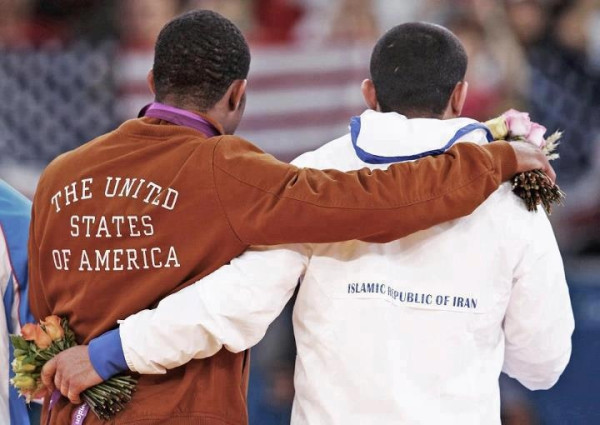The Paralympians have gone home to celebratory welcomes and parades. In London, in Moscow, in Cairo. For two weeks their exploits in the London 2012 Paralympics have captured the imagination of millions of people. In the UK we were lucky to have blanket coverage from Channel 4. In many countries, most noticeably the USA, broadcasters let their athletes down.
And now to the legacy. Undoubtedly the Paralympians will “inspire a generation”. More disabled people will take up some sport or active exercise. Many parents of disabled children have taken heart having seen what is possible. The search for more elite athletes will continue in preparation for the Paralympics in Rio2016.
The legacy needs to be broader and not just linked to sport. It needs many people to make it happen. Are you a manager? An HR professional? An events organiser? Are you an architect or designer? A politician?
Take a long look this week at your own interactions with disabled people. Are your products and services suited for disabled people? Are you capable of – and open to -employing disabled staff? Not just the ramp at the entrance. One of the most poignant interviews during the Paralympics was with five-time Gold medalist in dressage Sophie Christensen, born with cerebral palsy. She now has a job…..
But getting that job was really difficult. With my first-class masters degree, I wanted to get a high-flying job in the City. And I went to loads of interviews and ended up thinking, this isn’t going to work. Firstly, I wouldn’t be able to live in London because of access, and secondly, the big companies weren’t willing to give me a bit of extra help.
Does that ring a bell? What are you going to do about this week? Just how open for business and employment is your organisation? Are you willing to give that bit of extra help?
An events manager? How suitable are your events for disabled participants? The event can range from an internal staff meeting to an arts festival for thousands.
If you are an arts manager are you aware of artists who are disabled and do you give them space? Why not? Dance companies like Candoco performed at the Closing Ceremony; is the arts sector living up to its oft heard claims to be in the lead in society?
Architects and designers have a special responsibility. They make the future in many ways. Will the thousands of new houses and flats in the new Queen Elizabeth Olympic Park be suitable for the disabled? This means exceeding the current minimum building regulations. It would be a travesty if the developers cut corners. And not just on that site. Are you a local Councillor on a Planning Committee. Are you approving new residential units with limited access and facilities?
The Paralympian athletes inspired us all. We all look at disability in a different light. It is now for us to inspire a generation by changing our habits and practices. The Paralympics have come of age . Seventy-five countries won medals at the Paralympics; athletes from over one hundred and sixty countries took part. They inspired everyone who watched. Now is the time to change. There is a wealth of advice available; use it.

